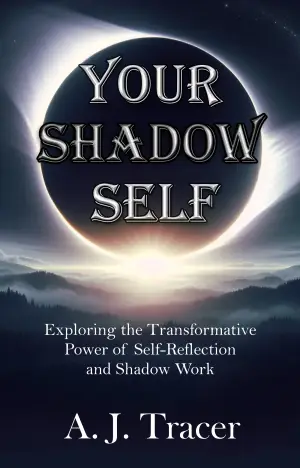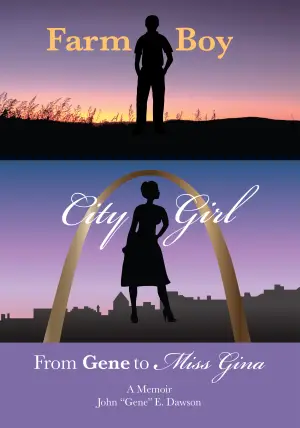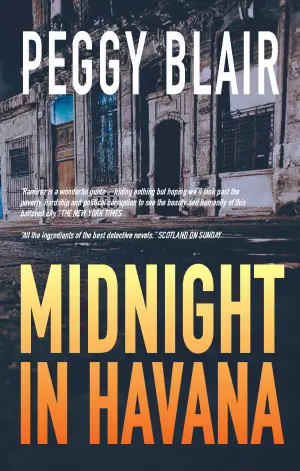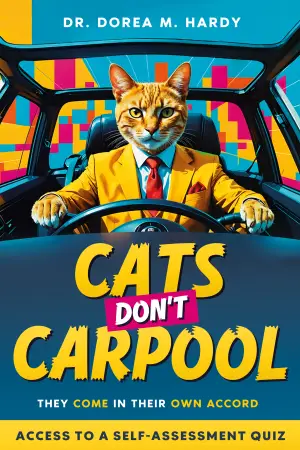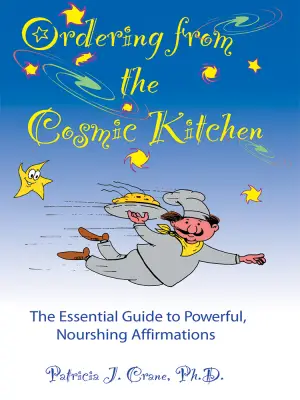Who Is Government?: The Untold Story of Public Service — A Reflection
In times of turmoil and uncertainty, finding narratives that highlight the good amidst the chaos becomes essential. This was my thought as I picked up Who Is Government?: The Untold Story of Public Service by Michael Lewis. On April 7, 2025, the air was thick with dissent, as over 1,400 protests echoed across the nation against what many viewed as systematic dismantling of our democracy. In stark contrast to the anti-government sentiment, Lewis introduces readers to the unsung heroes of public service—those dedicated individuals working tirelessly behind the scenes to make our lives better.
The book consists of eight compelling vignettes that celebrate the accomplishments of civil servants whose names often go unrecognized. With a mixture of pieces penned by Lewis and contributions from other talented writers, each story is a unique exploration of both triumph and tragedy in the realm of public service.
One standout vignette is The Canary, featuring Christopher Mark, a coal miner turned safety advocate. His relentless fight for miners’ safety through statistical analysis literally saved lives—not a single miner was killed due to roof falls in 2016 thanks to his innovations. This story resonated with me, highlighting how seemingly small actions can ripple out to create monumental change. As I read, I felt a renewed appreciation for those who dedicate themselves to the often-overlooked corners of government, striving for the greater good.
Lewis’s writing bursts with energy and clarity; he seamlessly balances meticulous research with engaging prose. The pacing feels almost rhythmic, inviting readers to linger in moments of warmth and reflection before hurtling into the realities of bureaucratic challenges. When Casey Cep describes the National Cemetery Administration under Ronald Walters’ stewardship, I couldn’t help but empathize with his conviction: “We only get one chance to get it right.” This devotion to service—imperfect, yet profoundly significant—echoes throughout the book, capturing the essence of public administration.
Another vignette that struck a chord was The Free-Living Bureaucrat, also authored by Lewis. The tale of Heather, an FDA employee striving to save lives through an innovative app that was ultimately underutilized, serves as a poignant reminder of the obstacles faced by those in public service. It underscores the complex interplay between intention and implementation, leaving me contemplating the untapped potential of our systems.
Who Is Government? isn’t just a collection of stories—it’s a powerful reminder of the humanity behind bureaucracy. In a world quick to vilify governmental efforts, this book is a balm for the weary soul, inviting us to consider the lives led by individuals within these institutions. With the current context of protests and public discontent, this work is especially significant, reminding us of the untold stories of those devoted to public service.
I’d recommend this book to anyone seeking a different perspective amid the prevalent narrative of governmental failure—educators, students, or anyone feeling disillusioned with democracy. Who Is Government? challenges readers to move beyond platitudes of “draining the swamp” and considers the complexities and triumphs within our public institutions. This book left me feeling more connected to the civil service community, instilling a sense of hope in the promise of dedicated individuals striving to make a difference.
In short, it’s a powerful read that I believe everyone should dive into—after all, the untold stories of public service deserve to be celebrated. 🌟
Discover more about Who Is Government?: The Untold Story of Public Service on GoodReads >>


